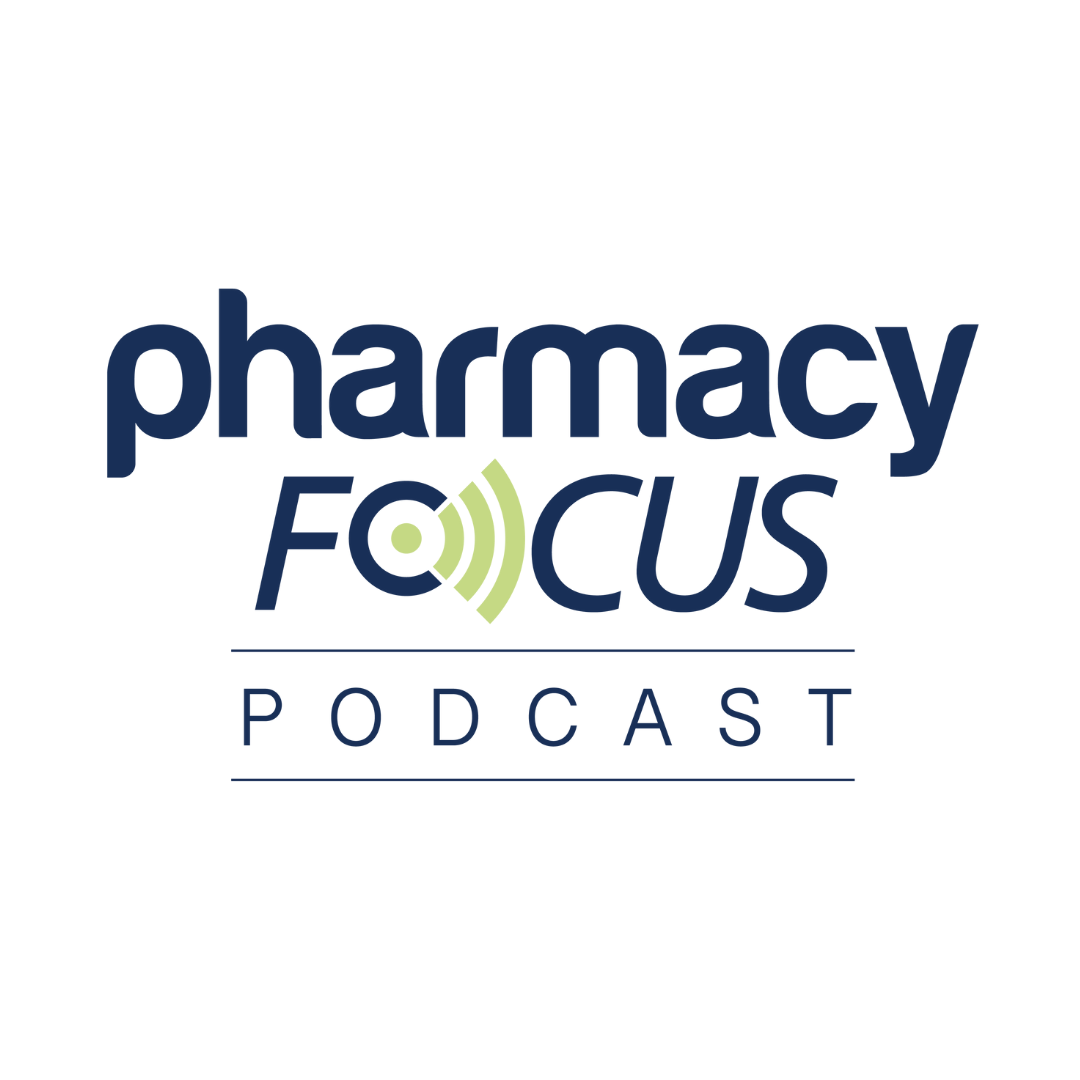Article
Health Literacy in the Pharmacy
Have you ever wondered whether your patients understand the health literature you hand out to them?
A patient walks into your pharmacy to pick up a new medication. You ask whether she has any questions, and she timidly shakes her head to say no. She thanks you and walks away, but right before turning the corner, she reads the prescription and runs back because she realizes she doesn’t know anything about the medication.
Being the medication expert, you provide her with counseling points, and since she’s interested in supplemental reading, you print out further information before sending her on her way. You hope the literature will help her, encourage compliance, and ultimately improve her health status. However, you must have wondered at some point: do all patients understand what you hand out to them? The truth is, most don’t.
The US Department of Health and Human Services defines health literacy as “the degree to which individuals have the capacity to obtain, process, and understand basic health information and services needed to make appropriate health decisions.” Basically, it’s the ability to understand health literature provided by medical professionals in order to make educated, confident health decisions.
Self-Assessment
Let’s put your health literacy to the test! Below, there are 3 lines, each with 3 words. Read the first word aloud, then determine which of the next 2 words is either the “distractor” or the “key” to the first word. The “key” is the word most likely to be associated with the first word. The “distractor” is the word least likely to be associated with the first word.
Here’s an example:
· Diabetes: sugar/salt
“Diabetes” is the word to read aloud, “sugar” is the key, and “salt” is the distractor.
Now, you try! The answers are listed at the bottom of the article:
· Medications: instrument/treatment
· Constipation: blocked/loose
· Syphilis: condom/contraception
For most of you, this association exercise wasn’t difficult. For more than 35% of Americans, however, it would take more than mere minutes to complete.
Health literacy is broken into 4 categories: below basic, basic, intermediate, and proficient. About 35% of Americans fall into the below basic to basic category (eg, a K- to 6th-grade reading level), which means they can only read and follow a set of directions from their prescriber or read a brochure on Zostavax and then iterate what the vaccination is indicated for.
About 53% of Americans are intermediately health literate (eg, a 7th- to 8th-grade reading level). They can read a prescription label for a medication to be taken twice daily and deduce when to take the drug without being told it’s taken approximately 12 hours apart. The remaining Americans are considered proficient (eg, a reading level of high school and above), which means they can do more algebraic calculations and comprehend the use of common medical jargon.
What makes medical pamphlets more difficult is the verbiage used could be categorized as requiring intermediate to proficient health literacy, meaning they could be “difficult” or “extremely challenging” to comprehend.
Why Pharmacists Should Be Aware of Health Literacy
- To reduce medication error morbidity/mortality rates. Low health literacy is linked to a higher risk of morality and emergency visits and has led to increased health disparities.
- To help patients become more active in their medication management. Knowing about their medication and that their role at home is so vital to their health makes patients want to achieve compliance and envision optimal health.
- To build trust. Taking the time to counsel patients, answer their questions, and find information that’s easy for them to understand builds the bridge of trust from the patient to the health care professional.
How Pharmacists Can Help
- Improve health literacy in the pharmacy with the Agency of Healthcare Research and Quality’s “Literacy Toolkit for the Pharmacy and its Staff,” which analyzes staff’s understanding of health literacy and familiarity with their facility’s literature (eg, posters, advertisements, brochures).
- Provide health literacy assessments to patients to understand what type of information they need. Recommended assessments include the Rapid Estimate of Adult Literacy in Medicine and the Short Assessment of Health Literacy in English.
- Encourage using the National Patient Safety Foundation’s “Ask Me 3 Campaign,” which initiates conversation on their medications by asking:
a. “What is my main problem?”
b. “What do I need to do?”
c. “Why is this important for me to do?”
Former Surgeon General C. Everett Koop once said, “There are all kinds of things [we] can do to marry literacy with health.” Many initiatives underway acknowledge the need for improved health literacy in the pharmacy. How will you join in the efforts?
Self-Assessment Answers:
· Medications: instrument (distractor)/treatment (key)
· Constipation: blocked (key)/loose (distractor)
· Syphilis: condom (key)/contraception (distractor)





